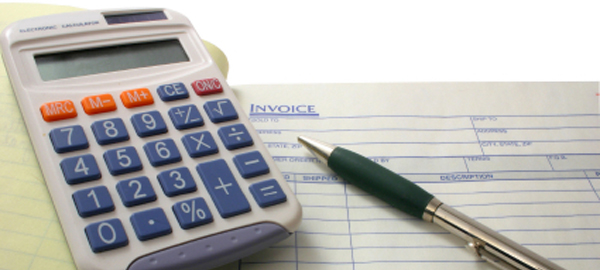We’ve dedicated quite a few of our August articles to accounts payable automation or ePayables and we hope that you’ve found them to be helpful. (For those of you looking for more in the way of sourcing and procurement, fear not – next time, school’s back in!) This article is intended to summarize the series. But first –
Why should someone in procurement care about ePayables and the accounts payable department?
If you believe as we do that the source-to-settle process should be managed as a single holistic one, understanding the tail end of the process is important. In recent years, there has been increasing momentum within the marketplace for AP transformation – nothing as broad-based as what has been happening in procurement over the past decade or so; but something big is brewing in AP.
As more enterprises gain awareness regarding the opportunities that exist within their AP departments, more groups will invest resources to improve AP and ultimately automate the function by deploying ePayables solutions. Enterprises that go down the AP automation path should consider the tools and processes that are used in procurement and work to develop a more comprehensive P2P approach – understanding AP can help procurement add value and be an active participant in the process.
Key Challenges:
Here are a few of the major challenges or obstacles that have impeded significant advances in the AP marketplace.
- Lack of supplier invoicing standards
- Lack of invoice processing standards
- Lack of a standard technology approach
- Lack of an executive presence within AP
Primary Opportunities:
The interesting thing about most of these opportunities is that they don’t require any unusual or extraordinary amount of effort, investment, or leadership.
- Improve invoice processing efficiencies
- Improve customer service
- Improve the visibility into line item and supplier detail
- Improve visibility into invoice payment terms
- Improve the ability to close the period’s books in an accurate and timely manner to gain better alignment and engagement with accounting
- Opportunity to engage the CFO
The Approach:
In our view, the AP process has in three major phases: Phase 1 – Receive (how the enterprise accepts supplier invoices and expense reports); Phase 2 – Process (how the enterprise validates and approves the invoices or expense reports); and Phase 3 – Pay (how the enterprise schedules and makes payments). Understanding (or defining, as the case will be for many groups) the activities that comprise each step is an important part of understanding the ePayables system requirements and in improving overall processes.
Building a Business Case for ePayables – Key Metrics:
An accounts payable department seeking to improve its performance has several key areas upon which to focus: efficiency, effectiveness, and accuracy. An investment in ePayables can help the average AP group drive performance improvement across each of these areas. But in making the business case, one area and metric matters much more than the others – average cost per invoice.
Beyond the process efficiency gains as captured by the average cost per invoice, the other primary areas with quantifiable metrics that can help drive a business case are related to cash management. Don’t forget that once you understand your current state metrics, the one other area that needs to be reviewed is how to make your assumptions on the key value drivers for the ROI in ePayables.
And there you have it – our ePayables Primer.


Cost per invoice is a useful metric if you see how it changes within your own organization. Trying to use it to benchmark against others is a waste of time. No two companies include the same components in their calculations and there are even differences in how they define invoice!
The most important metric for AP is measuring input quality. If input quality improves, AP productivity increases greatly even if AP makes no process or automation changes.
I recently dealt with a firm with 96% of their invoices coming in as electronic structured invoices yet they had, in my opinion, too many people in AP. 18 people spent 100% of their time resolving discrepancies. They knew the causes but did not understand which to fix. A simple analysis identified 3 sources of nearly half of the discrepancies. Fixing those took 3 days and freed up 8 of the 18 people.
Jon –
Thanks for the comment and great to hear from you. I think you make a couple great points. (1) Measuring the cost per invoice can be a huge challenge; and as you point out, the value in using it for the business case is to understand the potential efficiency gains for a specific department. (2) AP departments need to focus on quality (or what I refer to as accuracy) and seek to improve it since it can be a huge cost driver.